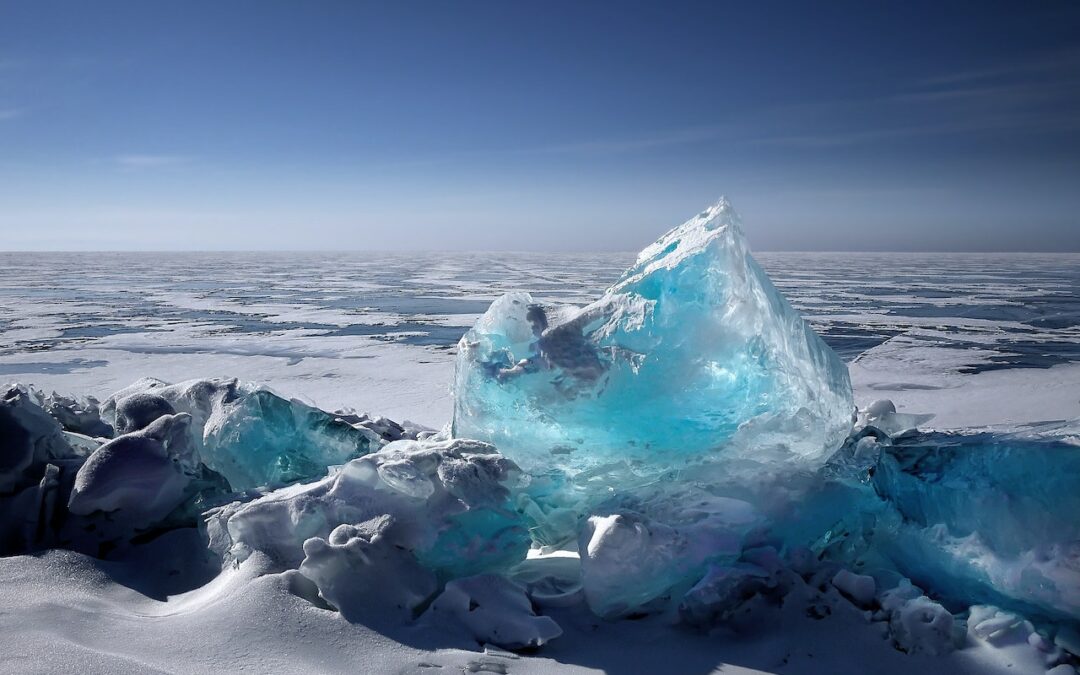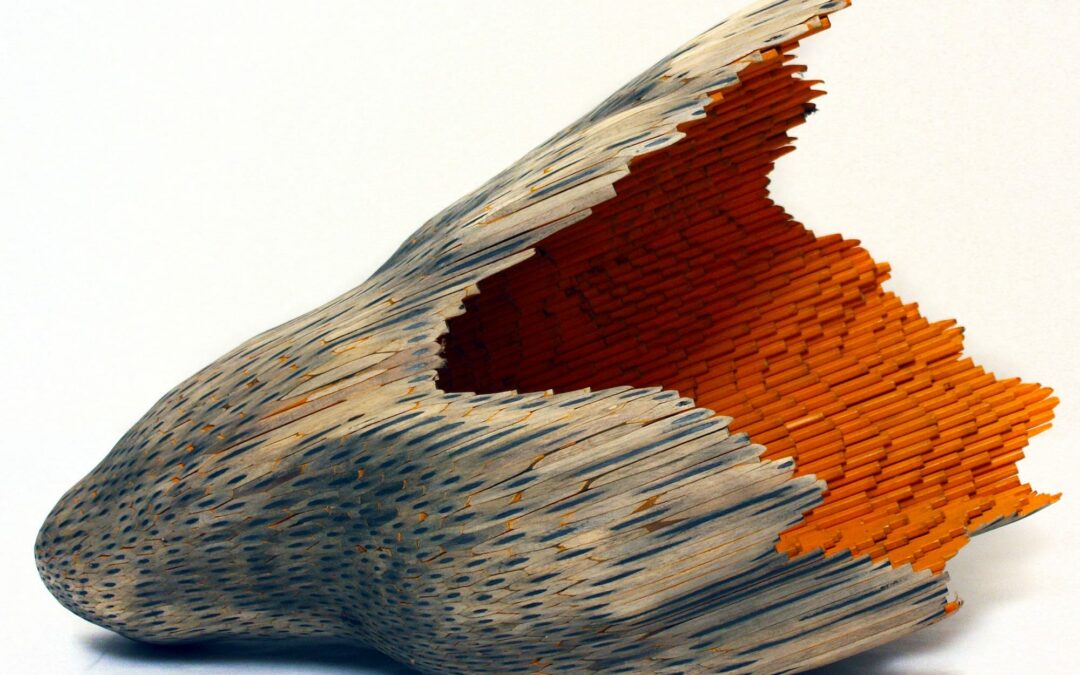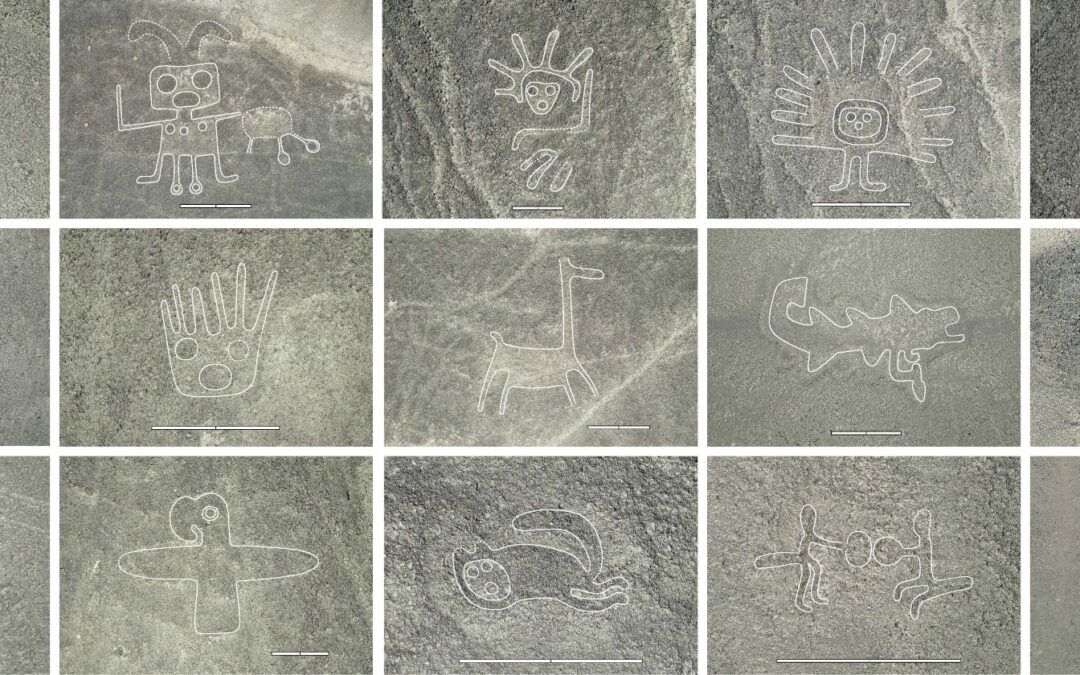
by Komoneed | Sep 29, 2024
CFDA Southern Africa Sustainable Finance Activity (SASFA)
jschoshinski
Fri, 09/27/2024 – 13:44
Hero Image
Image
Page Components
The impacts of climate change in Southern Africa increasingly jeopardize its diverse ecosystems and key economic sectors. Water shortages, increased flooding, and extreme weather events endanger agricultural productivity and wildlife habitats, particularly in the Okavango and Limpopo River basins. Southern African countries face barriers to address these threats, including limited access to funding, insufficient institutional capacity, and challenges in adopting low-carbon adaptation measures. Addressing these challenges in Southern Africa requires strengthening institutional frameworks, advancing green policies and practices, and enhancing government structures. At the same time, Southern Africa presents opportunities in eco-tourism, community-based conservation, payment for ecosystem services, and collaborations with private and international organizations to enhance biodiversity conservation, manage water resources, and promote sustainable development across the region.To bolster climate investment in Southern Africa, the United States Agency for International Development (USAID) Climate Finance for Development Accelerator (CFDA) has launched the Southern Africa Sustainable Finance Activity (SASFA). SASFA will prioritize mobilizing investment and creating sustainable finance ecosystems in Angola, Botswana, Eswatini, Lesotho, Namibia, and South Africa, aiming to address climate mitigation and adaptation, biodiversity conservation, and eco-friendly economic development across the region.On or around October 22, 2024, CFDA plans to issue a call for grant applications under SASFA aimed at supporting innovative and scalable models for investing in conservation, biodiversity, and sustainable landscapes through the Scalable Approaches for Investing in Nature Window (SAIN). Please see the Notice of Future Funding Opportunity (NOFFO) for more details. The purpose of the Window is to support high-potential initiatives such as nature bonds, debt-for-nature swaps, payment for ecosystem services, results-based finance, and other innovative nature-based solutions and financial mechanisms that can be launched, scaled, or replicated effectively to enhance their impact on nature conservation and sustainability in the target countries. High-quality, high-integrity projects that adhere to global principles that generate revenue from sustainable financing, e.g., carbon credits, biodiversity credits, are welcome. CFDA anticipates issuing 3-5 grant awards that range from $200,000 to $500,000 USD. Exceptionally impactful, scalable, and innovative concepts may be considered for funding over this range. CFDA is unable to award a U.S.-based partner a grant valued over $500,000 under any circumstances. SASFA is an activity under USAID’s Climate Finance for Development Accelerator (CFDA), USAID’s flagship initiative to increase climate investment in emerging markets and developing economies. To receive updates and partnership opportunities regarding SAIN, please join the Climate Finance Investment Network (CFIN) or reach out to CFDA at info@CFDAccelerator.com.
Climate Finance for Development Accelerator – Partnership Portal
Join the Climate Finance Investment Network
The Climate Finance Investment Network brings together a diverse set of finance seekers, finance providers, and other ecosystem actors from a variety of sectors and markets to cultivate partnerships, learning, and increased investment in climate solutions.
Join Here
Projects
USAID Climate Finance for Development Accelerator (CFDA)
Topic
Climate Finance

by Komoneed | Sep 29, 2024
An RMIT-led study relying on liquid metal catalysts has demonstrated a low-energy approach for producing ammonia that is as effective as the current gold standard, which relies on the force of pressure. This new process could lead to significant cuts in carbon emissions caused by production of the widely used chemical.
Ammonia is used in fertiliser to grow much of the world’s food; it also plays a role in clean energy as a carrier to safely transport hydrogen. However, the global production of ammonia presents a huge environmental problem, with the gas consuming over 2% of global energy and producing up to 2% of global carbon emissions.
Dr Karma Zuraiqi, RMIT Research Fellow and lead author of the study, said the team’s greener alternative used 20% less heat and 98% less pressure than the century-old Haber-Bosch process used today for splitting nitrogen and hydrogen into ammonia.
Dr Karma Zuraiqi holds a vial of copper, a key component of the team’s new catalyst. Image credit: Michael Quin, RMIT.
“Ammonia production worldwide is currently responsible for twice the emissions of Australia. If we can improve this process and make it less energy-intensive, we can make a large dent in carbon emissions,” said Zuraiqi, from RMIT’s School of Engineering.
“The copper and gallium we use is also much cheaper and more abundant than the precious metal ruthenium used as a catalyst in current approaches,” Zuraiqi added.
“These advantages all make it an exciting new development that we’re keen to take further and test outside the lab.”
Liquid metal as a catalyst
The team is at the forefront of harnessing the special properties of liquid metal catalysts for ammonia production, carbon capture and energy production.
A catalyst is a substance that makes chemical reactions occur faster and more easily without itself being consumed.
This latest study showcased the RMIT-proprietary technique by creating tiny liquid metal droplets containing copper and gallium — named ‘nano planets’ for their hard crust, liquid outer core and solid inner core structure — as the catalyst to break apart the raw ingredients of nitrogen and hydrogen.
A new way of making ammonia by harnessing the power of liquid metal could lead to significant cuts in carbon emissions caused by production of the widely used chemical. Image credit: Michael Quin, RMIT.
“Liquid metals allow us to move the chemical elements around in a more dynamic way that gets everything to the interface and enables more efficient reactions, ideal for catalysis,” said RMIT’s Professor Torben Daeneke.
“Copper and gallium separately had both been discounted as famously bad catalysts for ammonia production, yet together they do the job extremely well.”
Tests revealed gallium broke apart the nitrogen, while the presence of copper helped the splitting of hydrogen, combining to work as effectively as current approaches at a fraction of the cost, according to the scientists.
“We essentially found a way to take advantage of the synergy between the two metals, lifting their individual activity,” Daeneke said.
RMIT is now leading commercialisation of the technology, which is co-owned by RMIT and Queensland University of Technology (QUT).
The next challenge: upscaling for industry
While ammonia produced via the traditional Haber-Bosch process is only viable at huge facilities, the team’s alternative approach could suit both large-scale and smaller, decentralised production, where small amounts are made cheaply at solar farms. This in turn would slash transport costs and emissions.
Currently, the technology is yet to be proven beyond lab conditions, but the team plans to upscale their system and design it to operate at even lower pressures, making it more practical as a decentralised tool for a broader range of industries.
As well as producing ammonia for fertiliser, the technology could be a key enabler for the hydrogen industry, supporting the move away from fossil fuels.
“One good way to make hydrogen safer and easier to transport is to turn it into ammonia,” Daeneke explained.
“But if we use ammonia produced through current techniques as a hydrogen carrier, then emissions from the hydrogen industry could significantly increase global emissions.
“Our vision is to combine our green ammonia production technology with hydrogen technologies, allowing green energy to be shipped safely around the world without huge losses on the way,” he said.
“At this stage, we are really excited by the results and are keen to speak with potential partners interested in scaling this up for their industry.”
The research was supported by the Australian Research Council and the Australian Synchrotron (ANSTO). Analysis of molecular interactions was carried out at RMIT’s Microscopy and Microanalysis Facility, as well as QUT’s Central Analytical Research Facility, the Australian Synchrotron and via the NCI Australia supercomputing facility.
‘Unveiling metal mobility in liquid metal catalysts for ammonia synthesis’ has been published in Nature Catalysis.
Top image caption: Dr Ken Chiang, Dr Karma Zuraiqi and Professor Torben Daeneke. Image credit: Michael Quin, RMIT.

by Kate Mothes | Sep 29, 2024
Thousands of pencils transform into undulating, organic sculptures in the artist’s ongoing ‘Implements’ series.
Do stories and artists like this matter to you? Become a Colossal Member today and support independent arts publishing for as little as $7 per month. The article Jessica Drenk Transforms Thousands of Pencils into Organic Vessels appeared first on Colossal.

by Grace Ebert | Sep 29, 2024
Thanks to a new A.I.-trained system, researchers have identified an additional 303 drawings in just six months.
Do stories and artists like this matter to you? Become a Colossal Member today and support independent arts publishing for as little as $7 per month. The article An A.I. Model Helped Uncover 303 Previously Unseen Nazca Lines in Peru appeared first on Colossal.

by Komoneed | Sep 29, 2024
This post was originally published on The Art NewspaperOddur Eysteinn Friðriksson’s spoof of the Samherji Group’s website featured a prominent apology, seemingly acknowledging its alleged role in the Namibian fishing...





